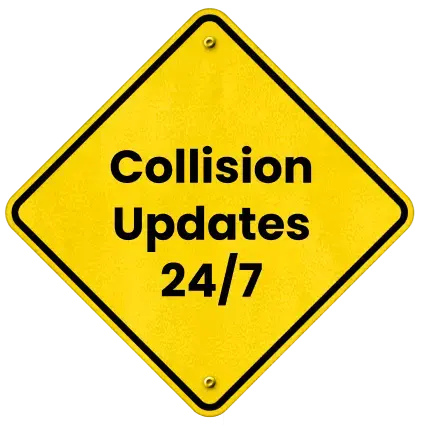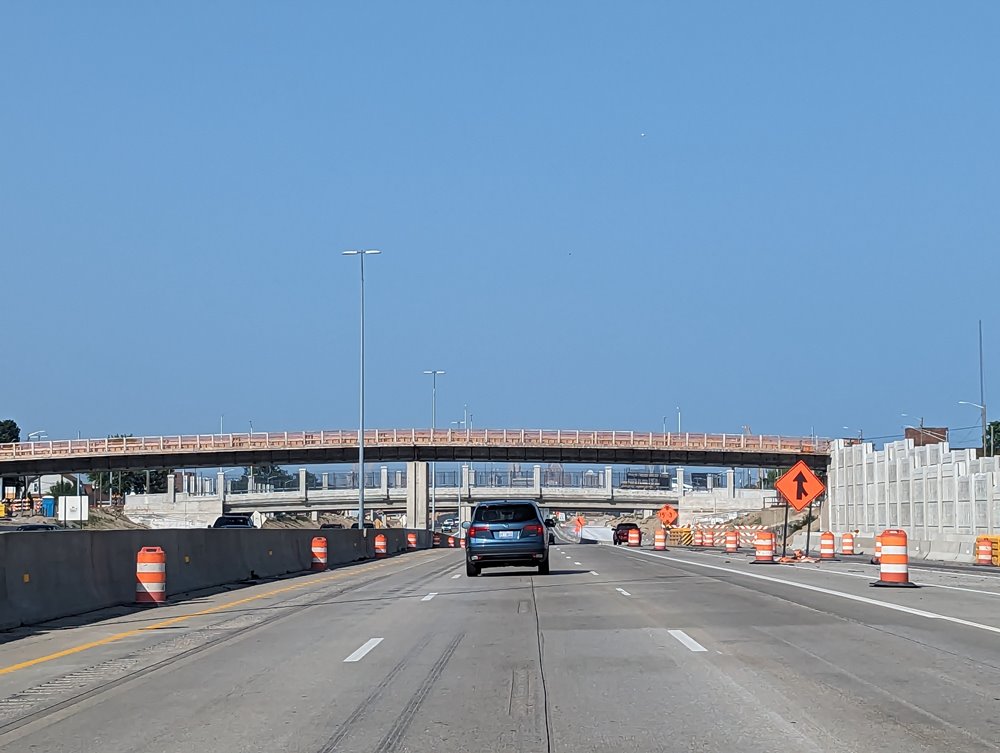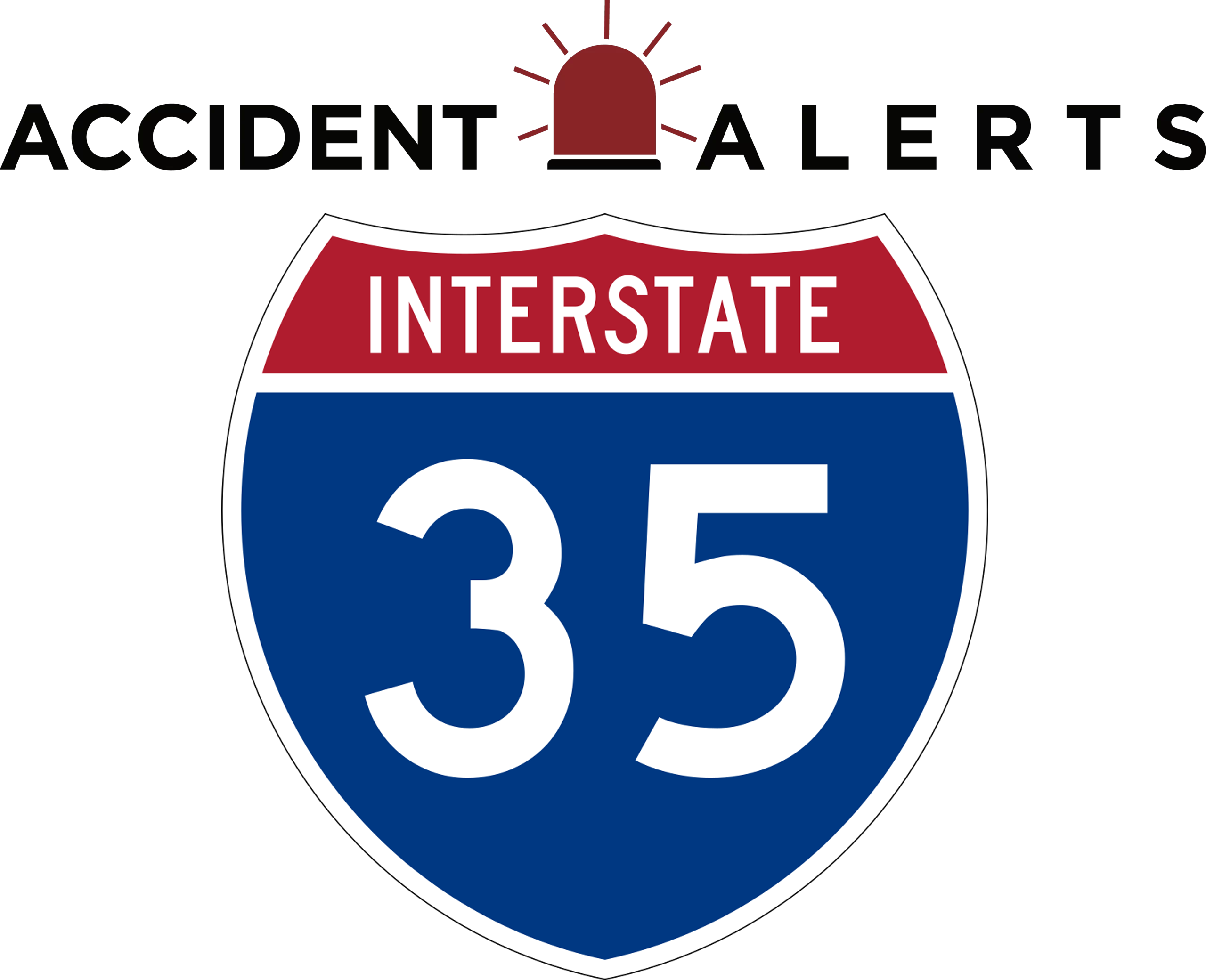
I-35E vs I-35W (DFW & Twin Cities): What Drivers Should Know


The Interstate 35 corridor is unique in two major metropolitan areas: the Dallas–Fort Worth (DFW) metroplex in Texas and the Minneapolis-St. Paul region in Minnesota. In both regions, I-35 splits into I-35E and I-35W, creating additional complexity for drivers unfamiliar with the area. These splits exist to channel traffic through each city’s core while maintaining continuity of the interstate system, but they also create higher risks for crashes due to merging conflicts, short decision distances, and confusing signage.
Understanding the differences between the East and West routes, as well as common hazards, can help drivers navigate safely and reduce the risk of accidents.
Understanding the I-35E and I-35W Splits
In Dallas–Fort Worth, I-35 splits just north of Denton, forming I-35E through Dallas and I-35W through Fort Worth. Similarly, in the Twin Cities, I-35 divides into I-35E through Saint Paul and I-35W through Minneapolis. While the splits allow for more direct access to each city center, drivers often encounter merging conflicts where the routes converge or diverge. Short on-ramps, frequent lane changes, and high traffic volume combine to create a hotspot for split interchange crashes.
Navigating these areas safely requires attention to signage and lane markings. Drivers must decide early which branch to take, as last-minute lane changes increase the likelihood of side-swipe collisions and rear-end crashes. Roadway signs indicating the splits can sometimes be obscured by congestion, construction, or poor visibility, making planning essential.
Common Crash Causes on I-35E and I-35W
Several factors contribute to higher accident rates on these split segments:
- Merging Conflicts: Sudden lane changes to follow the correct branch can result in collisions with vehicles already in the lane.
- Short Ramps and Weaving Sections: Drivers often have limited space to accelerate or merge, particularly during rush hours.
- Confusing Signage: Temporary or poorly placed signs can make it difficult to anticipate the split, leading to abrupt maneuvers.
- Heavy Metro Traffic: Both DFW and Minneapolis–St. Paul experience heavy commuter and commercial traffic, magnifying the risks during peak hours.
Truck-involved crashes can be particularly severe in these areas due to the larger vehicle size and longer stopping distances. Commercial drivers must exercise extra caution when navigating splits and weaving sections to prevent multi-vehicle collisions.
Navigating Urban Challenges on I-35E and I-35W
Urban stretches of I-35E and I-35W present additional challenges beyond the split interchanges themselves. In both DFW and Minneapolis–St. Paul, rush-hour traffic, frequent construction, and high commercial vehicle volumes combine to create stop-and-go conditions that can increase crash risk.
Rubbernecking and distractions caused by accidents, signage, or unfamiliar exits also contribute to collisions in these high-density areas. Drivers unfamiliar with local traffic patterns may misjudge merging distances, acceleration lanes, or sudden lane closures, making it critical to remain focused and proactive while navigating the metro corridors.
Situational awareness is key in these environments. Anticipate the actions of surrounding drivers, especially near weaving sections or short ramps. Large trucks and buses have limited maneuverability, so giving them additional space and avoiding cutting in front of them is essential. Maintaining a calm and patient driving style reduces the likelihood of aggressive interactions that can escalate into accidents. Using real-time navigation tools can help identify high-volume areas, allowing drivers to adjust departure times or select alternative routes to avoid congestion.
By combining careful route planning, defensive driving, and heightened awareness of both traffic flow and roadway signage, drivers can significantly reduce their risk of accidents on these complex split interchanges. Staying alert, maintaining safe distances, and preparing for sudden merges are practical measures that can improve safety for everyone traveling along I-35E and I-35W.
Strategies to Reduce Risk on Split Interchanges
Navigating urban split interchanges demands careful attention and proactive driving habits. Drivers can minimize their risk of collision by taking several key steps:
- Plan Your Route Ahead: Before entering the metro area, identify whether you need I-35E or I-35W. Check real-time traffic maps and avoid peak congestion whenever possible. Using official resources, such as traffic monitoring apps or state highway department maps, can help anticipate slowdowns or lane shifts.
- Early Lane Selection: Commit to your designated lane well before reaching the split. Sudden lane changes at the last moment are a leading cause of accidents in these areas.
- Maintain Safe Following Distance: Urban congestion can lead to abrupt braking. Keeping a larger gap between vehicles allows for safer reaction times, especially when commercial trucks are present.
- Stay Alert and Minimize Distractions: Pay attention to signage, merging vehicles, and road conditions. Avoid distractions such as mobile devices or in-car systems while navigating these complex interchanges.
- Adjust for Weather: Rain, snow, or ice can make merging and lane changes more dangerous. Slower speeds and increased spacing help compensate for reduced traction and visibility.
Understanding common accident patterns can also help. Studies indicate that rear-end collisions are the most frequent type of crash on split interchanges due to stop-and-go traffic, while side-swipes occur when drivers change lanes too quickly or without signaling. Recognizing these tendencies allows drivers to anticipate potential hazards and adjust their behavior proactively.
Get Support from an I-35 Accident Lawyer
Accidents on the I-35E and I-35W splits can be overwhelming, especially in busy metro areas such as DFW and the Twin Cities. Guidance and support are available to help you navigate the aftermath safely and confidently.
You can schedule a free consultation with an I-35 accident lawyer who will provide personalized advice, assist with insurance claims, and clarify your legal rights. Our goal is to help you regain a sense of control, offering the resources and reassurance you need while recovering from the unexpected challenges of a crash in these complex urban interchanges.
